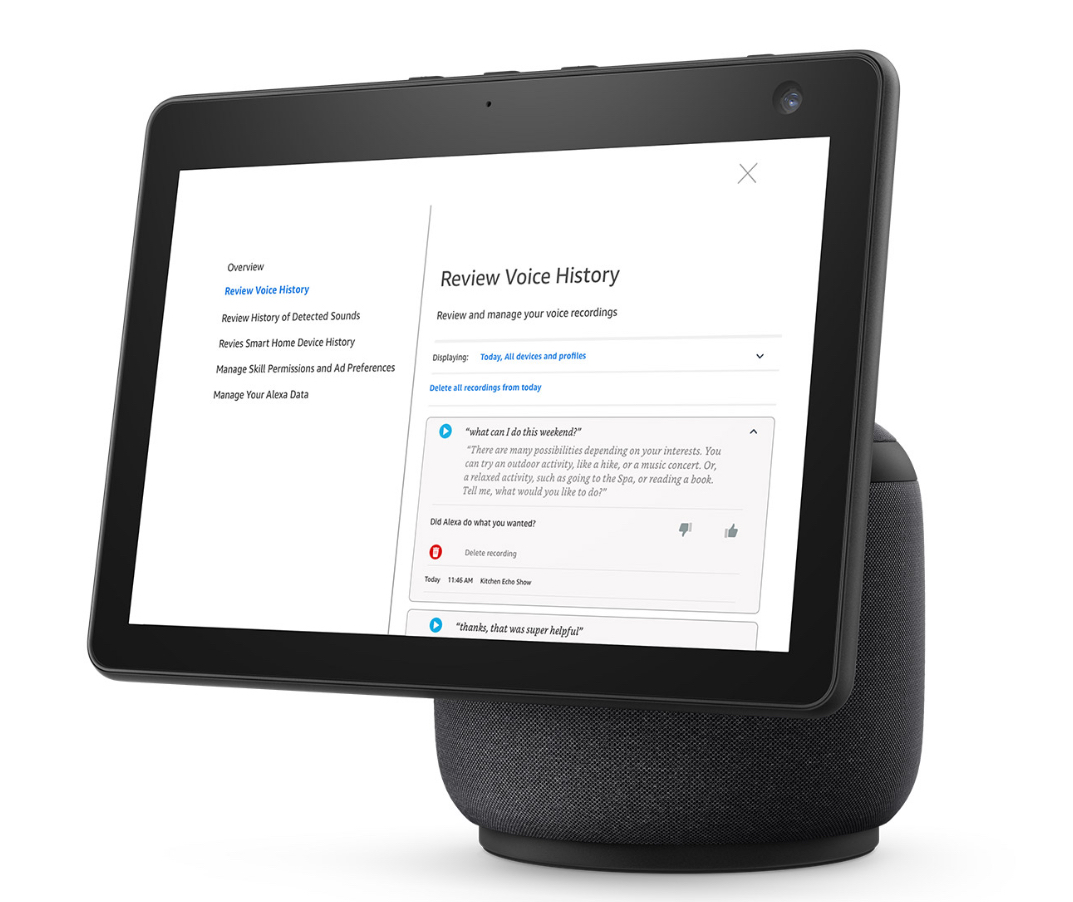October 2, 2023- 3RD OF 3
Nationwide Emergency Alert Test: What You Need to Know
On Wednesday afternoon, a nationwide test of the federal emergency alert system is set to take place, and it might catch you by surprise. However, there's no need to panic. This test is not a cause for concern; in fact, it's a crucial step in ensuring public safety and preparedness.
Understanding the Purpose of Emergency Alerts:
The Federal Emergency Management Agency (FEMA) is spearheading this initiative in collaboration with the Federal Communications Commission (FCC). The test involves two significant components: the Emergency Alert System (EAS), which targets radios and televisions, and the Wireless Emergency Alerts (WEA), designed for wireless phones. Both components are scheduled to operate simultaneously, encompassing a wide array of communication devices.
A Brief History of Nationwide Tests:
Wednesday's upcoming test marks the seventh nationwide test of the Emergency Alert System. The first of these tests occurred in November 2011, and they have continued at regular intervals. However, this particular test is noteworthy as it will be the third nationwide test of wireless alerts. The importance of these alerts has grown significantly, reflecting the evolving landscape of communication.
How the Wireless Test Functions:
The wireless portion of the test operates through FEMA's Integrated Public Alert and Warning System, a centralized platform that enables authorities to transmit authenticated emergency messages through various communication networks. These messages are dispatched via cell towers to compatible phones within specific geographic areas. This method ensures that a substantial portion of the population receives important notifications swiftly.
The Significance of Wireless Alerts:
One key aspect of wireless alerts is their effectiveness in grabbing people's attention. When your cellphone emits a distinct noise, you instinctively look at the screen. This attention-grabbing quality is a valuable asset during emergencies when quick responses can save lives.
Test Duration and Message Clarity:
The test will be broadcast for 30 minutes, starting at approximately 2:20 p.m. EDT on Wednesday. During this half-hour, compatible wireless phones within range of active cell towers will receive a test message. The message itself is straightforward, reading, "THIS IS A TEST of the National Wireless Emergency Alert System. No action is needed." It will also be automatically translated for users with Spanish language settings.
Opting Out and Dispelling Misconceptions:
While you have the option to opt out of certain emergency alerts from local authorities, it's essential to note that you cannot opt out of the national wireless alert system test. This test is designed to be as inclusive as possible, with all major wireless providers participating. It ensures comprehensive coverage, leaving no one in the dark during an emergency.
Addressing Misconceptions:
In the lead-up to the test, several conspiracy theories have circulated online, causing confusion and misinformation. It's crucial to clarify that these theories are not based on reality and inaccurately represent the technology and purpose of this test.
Television and Radio Tests:
Simultaneous with the wireless portion, the Emergency Alert System test will last for just one minute. Regardless of which channel or station you're tuned into, it will interrupt regular programming to broadcast a message: "This is a nationwide test of the Emergency Alert System, issued by the Federal Emergency Management Agency, covering the United States from 14:20 to 14:50 hours ET. This is only a test. No action is required by the public."
The Importance of Testing:
The question arises: why conduct such tests? Since 2015, FEMA has been required by federal law to test the Integrated Public Alert and Warning System at least once every three years. These tests evaluate the technological capabilities of the national alert system to reach and inform as many people as possible in case of a widespread emergency. Additionally, they serve as a way to raise public awareness about what to do in a national emergency, much like a fire drill prepares people for evacuation procedures.
Preparing for Real Emergencies:
Exposure to emergency alert tests can prepare individuals to act quickly and effectively in the event of a genuine emergency. While alert systems are essential in initiating emergency responses, individuals must also process and act on the information they receive.
As the nationwide test approaches, it's a reminder of the importance of effective alert systems and the need for public preparedness. While the unexpected message might momentarily startle you, it's a small price to pay for the reassurance that our communication networks are ready to keep us informed and safe in times of crisis.

















































.webp)
.webp)














































